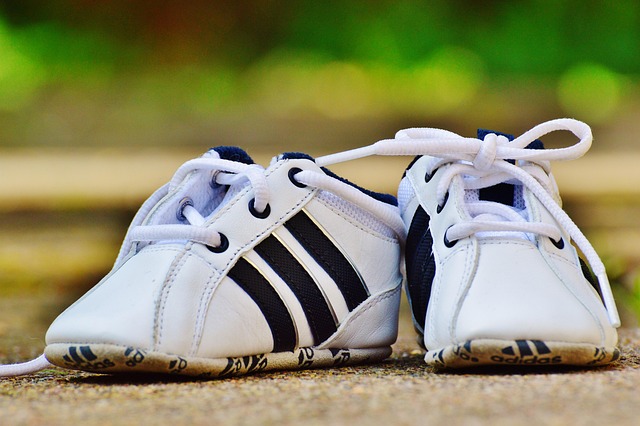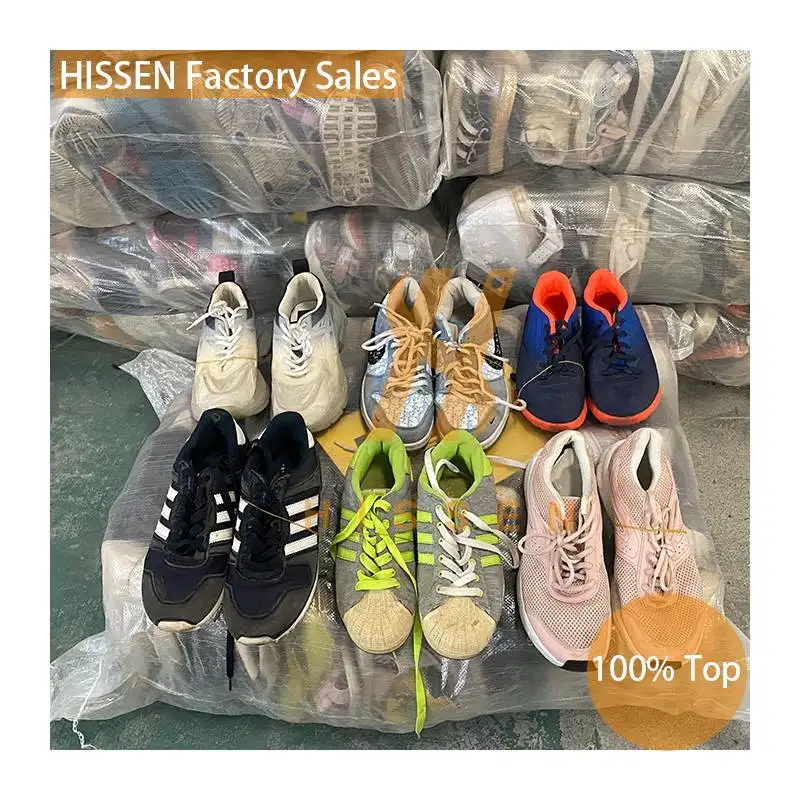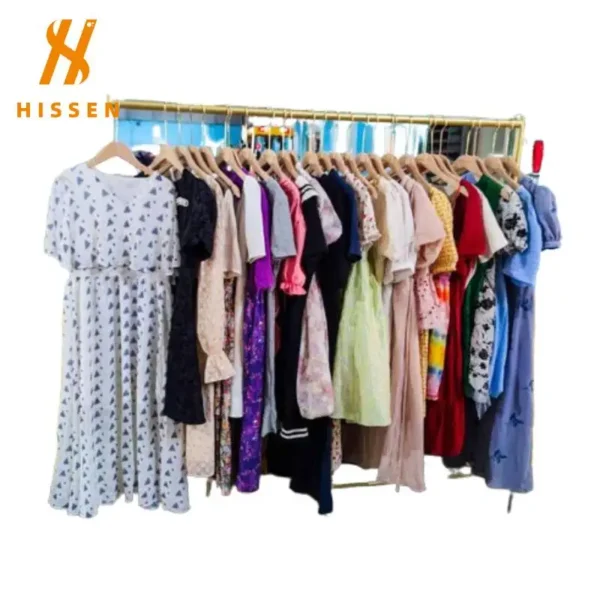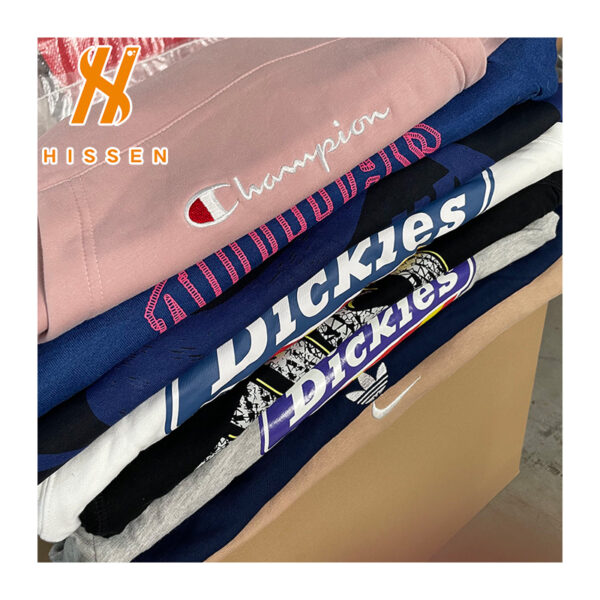I. Introduction: Entering the Wholesale Market with Confidence
Getting into the second hand branded shoes wholesale business can feel daunting. The truth is much simpler in most cases. If approached in the right way, for retailers, online sellers, and distributors, it represents a steady demand with an attractive margin.
Success depends on planning, communication, and choosing the correct suppliers. Before diving into the step-by-step process, it is useful to frame what you will gain from this article. This guide will cover key points: A Quality Guide to Used Brand Shoes Wholesale.
II. Preparation Before Placing an Order
Understand Market Needs
Before you buy anything, it’s essential to know exactly who you’re selling to. The second hand branded shoes wholesale buying isn’t just about getting a good price—it’s about stocking items your customers will actually want. Are you supplying boutiques looking for limited editions, online resellers who need fast-moving stock, or larger distributors searching for bulk deals? Each type of buyer values different things: style, condition, and pricing vary in importance.
Many retailers also diversify their inventory by including pre owned designer shoes, which appeal to customers seeking branded value at lower cost. This strategy not only broadens your customer base but also makes your business more resilient.
Set a Realistic Budget
One of the most common mistakes beginners make is overspending on their first order. A clear budget keeps you focused and helps you negotiate with confidence. When planning, include purchase costs, shipping fees, customs or import duties, and potential return or repair expenses. Thinking ahead about these hidden costs will keep your finances stable and your business sustainable.
III. Communicating with Suppliers and Confirming Order Details

Research Potential Suppliers
The second hand branded shoes wholesale market is broad, ranging from small traders to international distributors. Take time to review suppliers—check for business history, customer reviews, and transparency in sourcing. A reliable partner will be willing to answer questions about grading systems, shipping processes, and payment terms.
Confirm the Details
Once you’ve narrowed your list, go over every detail carefully. Discuss minimum order sizes, payment methods, delivery schedules, and the condition grading system used for the shoes. Get everything in writing—whether as a proforma invoice or a formal agreement. Clear paperwork prevents misunderstandings and ensures you and the supplier are aligned.
IV. Building a Long-Term Business Relationship
Start Small
It is advisable that your initial purchase be kept modest. This will be like a test purchase to check out product quality, the reliability of shipping, and how professional the supplier is. Once you are comfortable, you can always increase the volume of your orders.
Prioritize Consistent Communication
Keep in Touch Good B2B relations depend on communication. Keep lines open between you and your supplier on inventory cycles, seasonal changes, and end-consumer feedback. This will help them shape the future shipment to your needs and further strengthen the partnership.
In the second hand branded shoes wholesale market long term association often pays in the form of flexible payment modes, preferred access to new stock as well as upgraded pricing. Stability as a factor is valued by the suppliers and to show your reliability can help you secure these benefits.
V. Receiving Your First Batch

Finally, the exciting moment arrives—your first order of second hand branded shoes wholesale is delivered. How you handle this step can shape your customer’s experience and your overall business reputation.
Inspect the Shipment Thoroughly
Before you start listing items for sale, carefully inspect the shipment. Check whether the shoes meet the agreed grading standards, whether packaging is acceptable, and whether the quantities match your order. Document the condition of your stock with photos and notes. This protects you in case of disputes and helps you evaluate how closely your supplier delivers on promises.
In the second hand branded shoes wholesale business, inspection isn’t just about catching problems—it’s also about learning. You may notice patterns in quality or popular styles that sell quickly, giving you insight for future orders.
Prepare Sales Channels in Advance
Receiving the shipment is only the beginning. You need to ensure that your sales channels—whether retail stores, e-commerce platforms, or bulk buyers—are ready to list, promote, and distribute the second hand branded shoes wholesale you have purchased.
A structured plan for product presentation, pricing, and marketing will help you move inventory faster and reinvest into new orders. This creates a healthy wholesale cycle where capital is constantly flowing and your business remains agile.
VI. Evaluating and Optimizing for Future Orders
Your first order is not just a business transaction—it’s an opportunity to gather valuable insights for your long-term growth in the second hand branded shoes wholesale industry.
Analyze Sales Performance
After selling through your first batch, review the data closely. Ask yourself:
- Which brands sold out the fastest?
- Which sizes or styles generated the most demand?
- Were customers happy with the quality and pricing?
- Did certain items remain in stock longer than expected?
This analysis helps you refine your strategy. Instead of approaching your next order blindly, you’ll know exactly what your market prefers and where to allocate your budget.
Strengthen Supplier Feedback Loops
Good suppliers welcome and are responsive to constructive feedback. If you found them to be strong in some areas, e.g., accurate grading or fast delivery, tell them. If you found them to be weak in some, e.g. inconsistent shoe conditions or shipping delays, please tell them, albeit politely but firmly.
This continuous feedback creates the right ‘fit’ for each successive batch with your requirements in mind in the second hand branded shoes wholesale business. Over time, you become more precise in your orders, more efficient in your sales, and stronger in your relationship with suppliers.
VII. Conclusion
The first order is where you set the tone and theme of your second hand branded shoes wholesale business journey. Prepare thoroughly, communicate openly, build steadily and you shall mitigate risks to harvest profit in due course. The second hand branded shoes wholesale success does not have anything to do with going big fast; it’s all about trust, getting lessons from every shipment, scaling at a pace that matches your business growth.
Each batch you buy gives you knowledge, not just stock. Look at outcomes, tweak your method, and keep good ties with suppliers to make a loop of steady betterment. With time, your firm grows tougher, earns more, and stands in a better spot in the harsh world of second hand branded shoes wholesale.
May seem tough to make the first step, but with patience and a good strategy, this can turn out to be the genesis of a very flourishing resale operation founded on branded value and sustainable growth.



